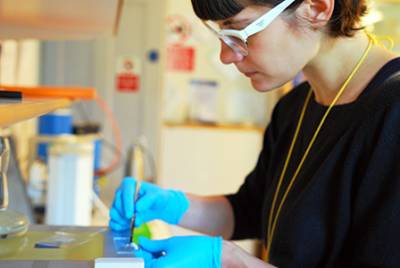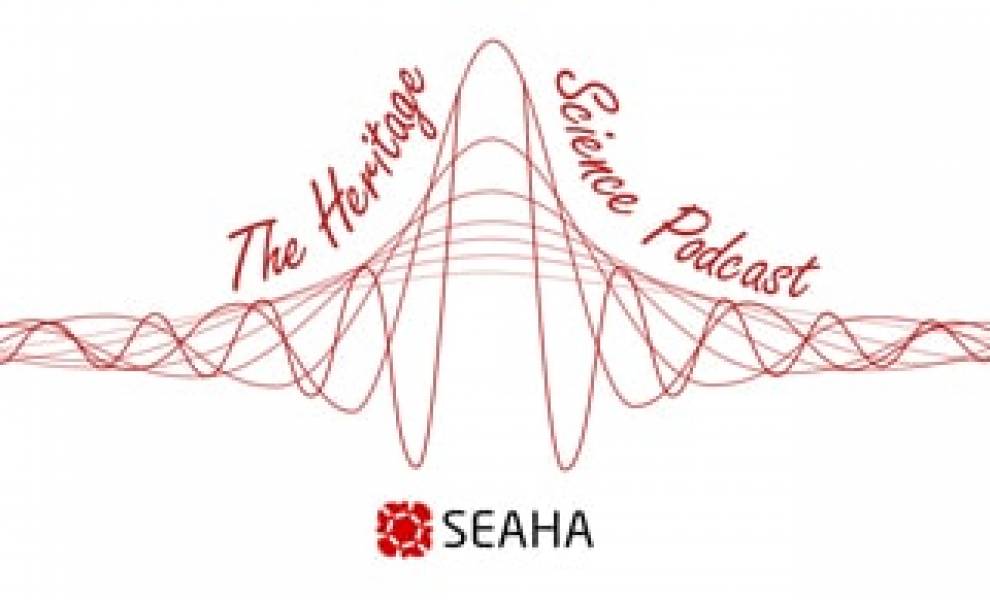
Project Researchers: Lora Angelova, Stefani Kavda and Bronwyn Ormsby (Tate)
Project Funders: The Royal Society Newton Fund and Qatar Foundation
Works
of art and artefacts are frequently subject to soiling and the
accumulation of surface deposits during their lifetime. Handling,
display and storage environments each impact on the surface nature of an
object, and alterations in the underlying chemistry of the materials of
construction, such as migration of additive materials in plastics, may
also cause surface modifications that are distracting for the viewer and
exacerbate the adhesion of particles.
An increasing number of
gel systems are being introduced to the conservation community as a
means to deliver liquids to the artwork surface during cleaning
treatments in a controlled and effective manner. As with all wet
cleaning protocols, when a gelated liquid is brought in contact with
sensitive and precious objects, of primary concern is the ability to
control its diffusion both laterally and orthogonally so as to affect
only the targeted area and to limit, and ideally eliminate, the
deposition of residues from the gel network on the treated artwork. Both
of these factors are likely to depend on the interactions between the
gel system and the surface of the artwork - a topic that has largely
been unexplored. Considering the dynamic nature of such soft matter
systems, the macromolecules that make up the gel network will orient
themselves at the artwork interface to maximize favourable interactions,
a process which may aid in solubilization or affect the rate of solvent
ingress into the artwork surface. Our current research aims to begin
addressing some of these complex questions in an effort to better
understand the processes taking place during a gel cleaning campaign.
Bulk
diffusion of liquid from gels into acrylic paint films and plastics is
being studied using single-sided NMR spectroscopy. Sum frequency
generation spectroscopy is being used to investigate the interfacial
interactions between the polymer network and the top-most molecular
layer of the paint surface. Finally, fluorescence lifetime measurements
will be used to study the solvent dynamics at the gel-surface interface.
 Close
Close


